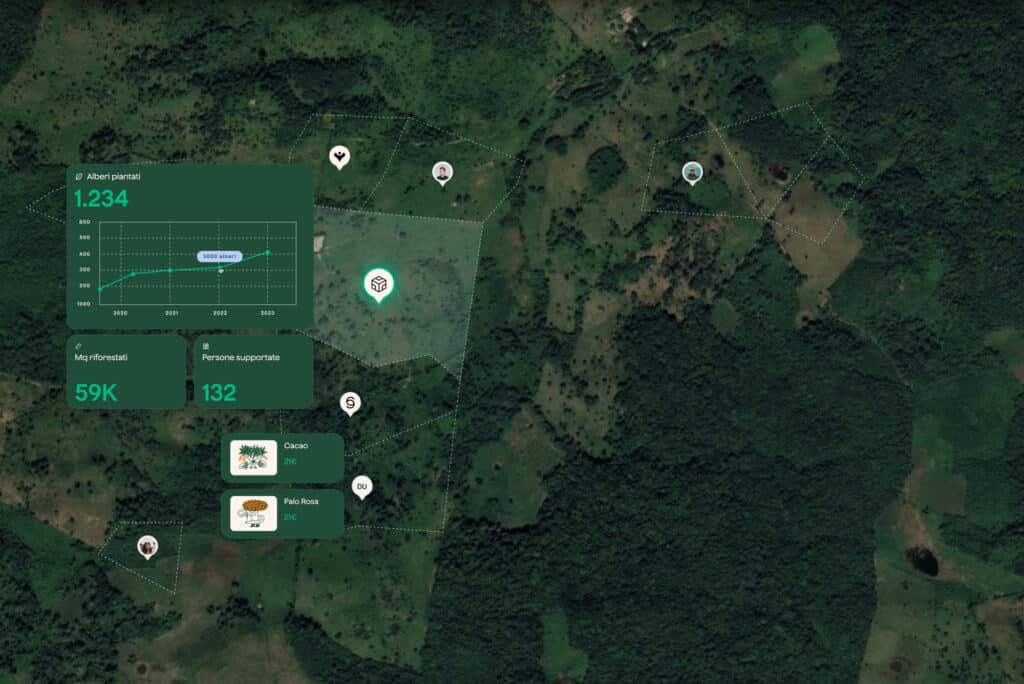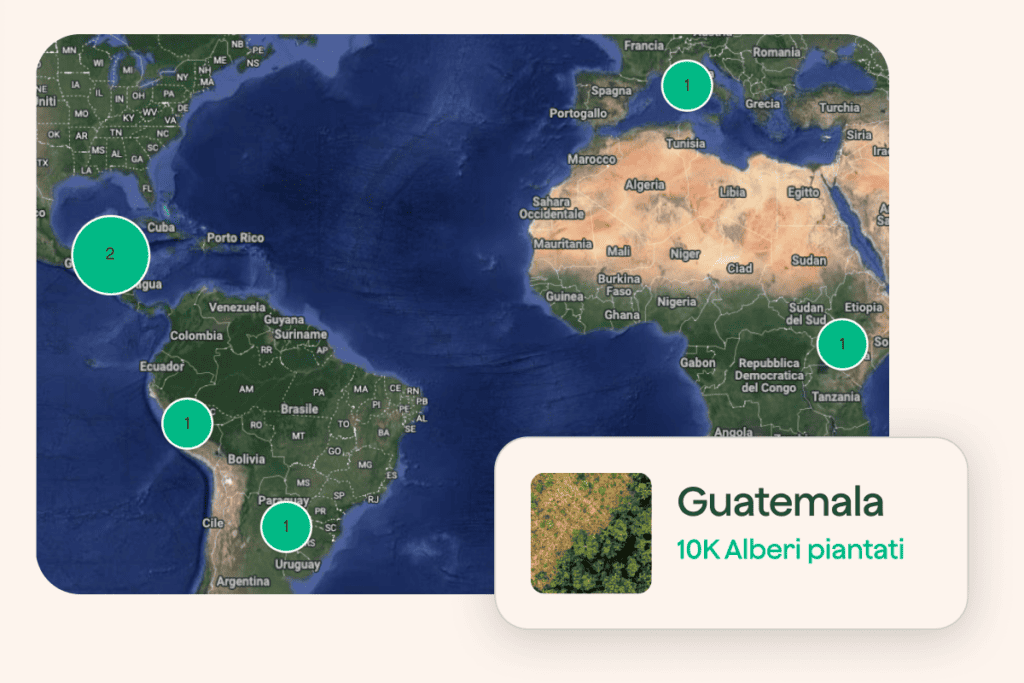Climate refugees are individuals or groups who are forced to leave their homes or regions due to climate change-related environmental changes.
Important notes on climate refugees
- Despite their growing relevance, climate refugees are currently not recognised as a legal category under international law. This complicates the protection and assistance of those forced to move due to climate change;
- Climate refugees may be driven from their homes by individual extreme weather events, such as increasingly frequent and intense cyclones, or by slow-onset, more gradual processes such as prolonged droughts, sea-level rise and environmental degradation;
- Climate refugee flows can generate socio-economic and political challenges that require a coordinated international response and strong cooperation among countries.
Read more
The concept of climate refugees is a tangible manifestation of the interconnections between environment, migration and human rights. Climate change is increasingly a decisive factor in migration flows, but it is important to understand that migration is a complex, multi-causal phenomenon in which it is almost never possible to draw a single cause-effect line. The distinction between environmental, social and economic causes can be complex and interconnected.
To date, current international law does not provide a specific definition or legal category for climate refugees. The 1951 Refugee Convention, administered by the United Nations High Commissioner for Refugees (UNHCR), defines the term ‘refugee’ and sets out the rights and responsibilities of states towards refugees. However, the convention mainly refers to refugees due to persecution, war and conflict and does not directly include climate refugees. There is great resistance to the application of this category and this convention to the effects of climate change, precisely because the definition of ‘refugee’ carries with it a baggage of rights and guarantees that states are unlikely to be eager to extend further.
Some legal experts and organisations are working to develop specific legal instruments for climate refugees, such as additional protocols to existing conventions or new international agreements. These efforts aim to close the current legal gap and provide greater protection for climate refugees. Protecting climate refugees requires an integrated approach that considers existing international law, cooperation between countries and the adoption of preventive measures to address climate change and its impacts on human migration, but also integrates preventive migration plans to maximise the potential of migration as an adaptation strategy.
When addressing the complex debate on climate change-induced migration, one frequently hears of huge figures: up to 200 million people by 2050 is Professor Norman Myers’ famous estimate of migration flows caused by climate change, but caution must be exercised. Often these estimates, which should stimulate reflection on climate change mitigation and adaptation, are manipulated by decision-makers to support xenophobic agendas and the militarisation of climate discourse.











